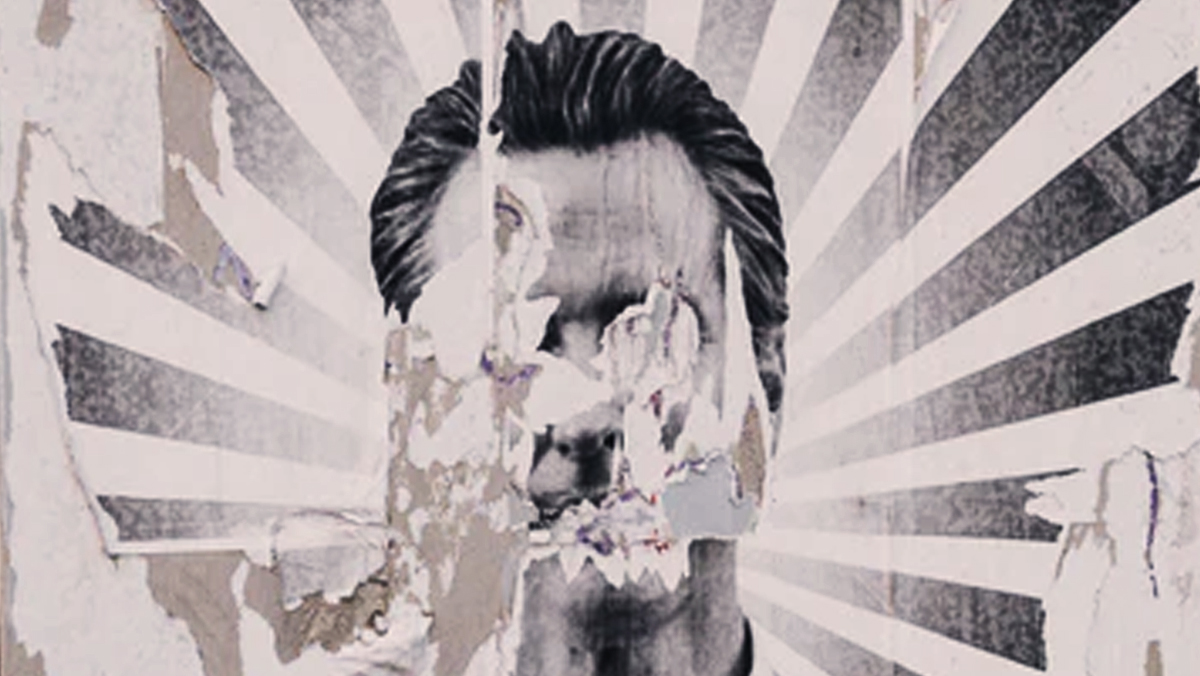
If you work in branding, marketing, advertising, or anything related, you have surely noticed that some things are…off. The inertial evolution of these disciplines made for a very troublesome outcome in today’s commercial landscape. Purpose, authenticity, transparency, sustainability – concepts that were supposed to guide brand management have become mere buzzwords, resourcefully manipulated to reach certain (sometimes personal) goals. The creative yet strategic art of marketing is now no more than a simple race for the numbers, endlessly and irreversibly deforming brands for momentary capital gain. Advertising seems more and more amateurish and ethics are nowhere to be found. There are a lot of things wrong here, at the core – cracks in the foundation. Marketing is no longer practiced to bring value but to give the impression and manipulate.
Nothing is certain about how many are actually aware of this decline but there are certainly too few who voice it. Tom Goodwin is one of the few, so we decided to ask him some hard and honest questions about branding, marketing, and the commercial landscape. Up until recently, Tom was the Head of Futures and Insights at Publicis and EVP of Zenith Media, after serving as SVP of Strategy and Innovation for Havas Media. He now works for his newest consultancy endeavor, All We Have Is Now. Also a speaker and a published author (Digital Darwinism: Survival of the Fittest in the Age of Business Disruption), Tom is a brilliant and grounded mind that asks all the right questions, leaning on a 20-year career spanning advertising/creative, digital, and media agencies. Here’s what he has to say:
Brandingmag: How do you define a ‘brand’ and what is its role for a business? Does today’s practice match the theory?
Tom Goodwin: Brands are essentially patterns of familiarity, meaning, fondness, and reassurance that exist in the minds of people.
Their value comes from your ability to charge a premium for your service and/or bring in more customers by making it easier for people to decide to buy your product (and perhaps keep buying).
Bm: What are the brand wards (marketers, managers, advertisers, etc.) doing wrong nowadays?
TG: In today’s data-driven world, we’ve utterly lost sight of almost all we ever learned about brands. We’ve become obsessed with efficiency, trivialities, and technology, and lost sight of the inefficiency, magic, empathy, and patience that building brands requires. Everything about branding true in 1950 is true today, we just also have amazing new tools to do it with.
Bm: Brand purpose – truth or apparition? What is the difference between purpose and higher purpose? Should brands forget both of these terms and care for a ‘vision’ instead?
TG: Brand purpose is a messy debate because there are two totally different meanings of this. One is the idea your brand should stand for something that’s good for the planet and/or people and the other is that your brand should have a reason to exist. I think the former is a trend that is deeply misguided and the latter is slightly wrong. Companies need to have a mission statement, a reason to exist, but brands don’t. Brands are not people, they are spirit.
Bm: Have self-justification and caring for one’s job become more important for a marketer than serving the brand, leading to harmful decisions and, subsequently, changing how marketing is viewed and practiced?
TG: The culture of data has destroyed branding. We now get focussed on all the things we can measure and change quickly, and which can be ascribed to things we’ve done alone. Which happen to, without exception, all be metrics of absolutely no meaning. Now many good CMOs spend 60% of the time and budget doing things that appear to work quickly and efficiently but make no difference and 40% on the stuff that looks wasteful but works over the long term.
Bm: Is strategy slowly being benched in favor of creativity, data, short-term tactics, and selling in preexisting ideas? What is the future of brands if this trend continues?
 TG: We are building strategy from tactics up, and often from technology out. Technology is becoming ‘the idea’. An Architect needs to understand glass, aluminum, and be aware of 3D-printed concrete and the latest GluLam wood. But their job is rarely to celebrate what can be done with concrete but to make something amazing that delights people. We need to think of our future as creating delight in a world with wonderful tools to use.
TG: We are building strategy from tactics up, and often from technology out. Technology is becoming ‘the idea’. An Architect needs to understand glass, aluminum, and be aware of 3D-printed concrete and the latest GluLam wood. But their job is rarely to celebrate what can be done with concrete but to make something amazing that delights people. We need to think of our future as creating delight in a world with wonderful tools to use.
Bm: If building a brand implies emotional connections, why are so many of them turning their human customers into inanimate numbers? What got lost along the way?
TG: Marketing was always a dark art – the more there has been a shift to it being a science, the more people feel vulnerable holding up feelings and happiness and fame. We fell in love with the idea we could become less vulnerable by becoming more objected, and data could support our views. We now use data as a support mechanism and slowly, things which don’t show up in hard objective form make us feel like we’re bad at our jobs. We have to get better at using the gut as a device to measure success and earning trust from the board to do this.
Bm: Even though ‘authenticity’ is the word of the day, brands are all starting to look and sound the same. Why is that?
TG: Then people of advertising, marketing, and branding are highly insecure people. They seek comfort from the approval of others, rather than standing out. We are now living in a world with case studies to emulate, tech to use like everyone else, and even the same words to describe what we do. People go around saying the same words “data-driven insights”, “ turning brand love into action”, “millennials have no attention span”, and even thought it’s all total nonsense, we feel like it’s the script we read from.
Bm: How do you feel about ‘transparency’ and its place in the consumer-brand relationship? What about in the day-to-day workspace of the people tasked with that relationship?
TG: At their core, brands are about trust. You don’t demand trust, you earn it through your actions. Transparency is key to this. But this only really comes a factor with brands you have a more intimate and involved relationship with. I want my bank or airline to be transparent, I don’t need my dishwasher fluid too. We lose sight of how deeply important branding is but how little people care about it. It’s a weird paradox.
Bm: How effective would you say brands are in matching their ‘desired’ identity with the brand image inside consumers’ minds?
TG: All brands think customers care WAY more about them than they do and that customers are wealthier, more attractive, and more interesting than they are. The second mistake around aspirations is fine. The first is deadly, especially when it comes to the speed of rebrands, changing taglines, or rotating copy. Brands are built on repetition.
We are building strategy from tactics up, and often from technology out.
Bm: It feels that there is a general, collective disregard of ethics in business. Where are other areas where today’s brands are lacking, in your honest opinion?
TG: Brands need to care a lot more about customer service. Approx. $600bn a year is spent as investment from brands talking to consumers; the moment a consumer wants to talk to a brand, we consider it a cost and try to outsource it to a bot, or a badly funded call center. Customer service should be the main strand of a media plan.
Bm: What advice can you give to brand professionals around the world? How can the work of managers, marketers, and advertisers become true again?
TG: We don’t work in a field that matters that much. On the very worst days of our lives, we don’t tend to start wars, be responsible for people dying, or lose billions. We have a silly job. We have a job routed in ideas and imagination and creativity. For goodness sake, lighten up a bit and enjoy things.
Remember why you came into this industry, if you came into it for an easy life, by all means, take the easy path, but you probably came into it because you wanted to feel proud, to make a difference, to make things happen. If that’s the case, stop hiding and go and make it happen.
Cover image source: Andrew “Donovan” Valdivia
